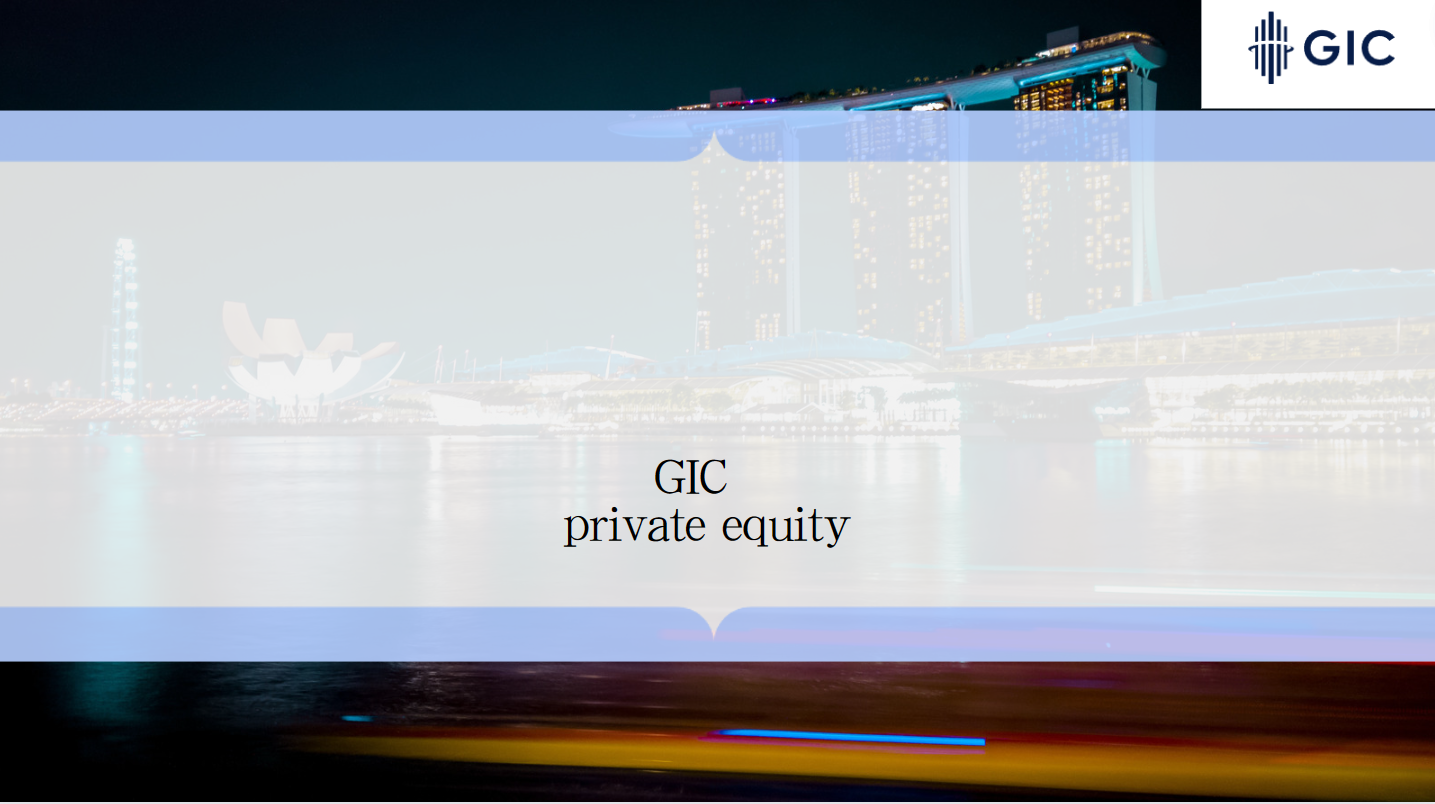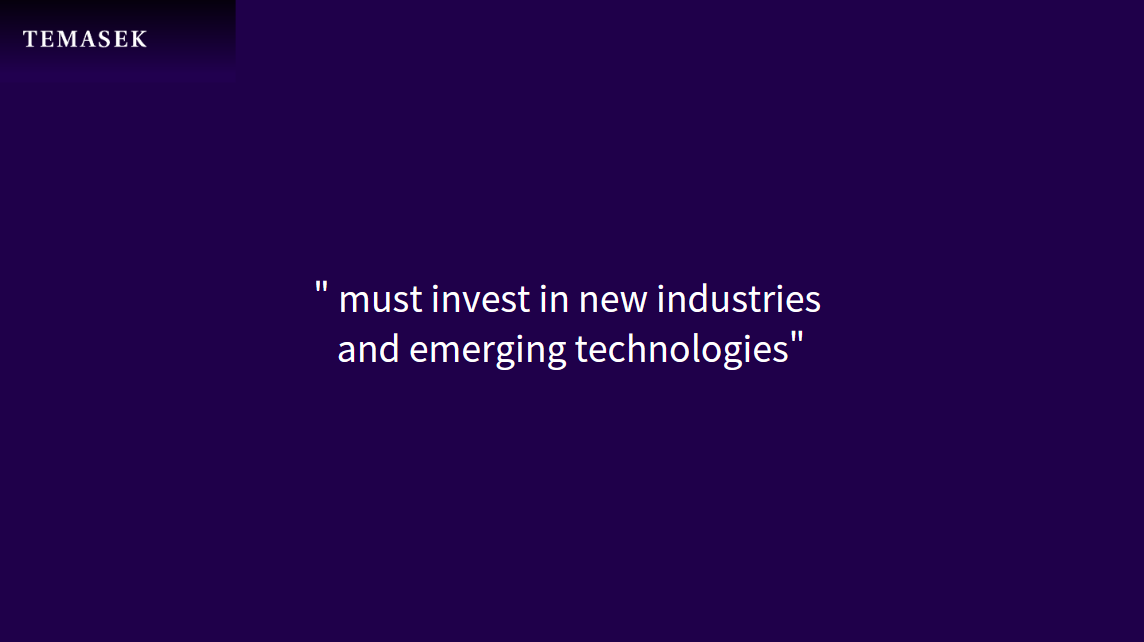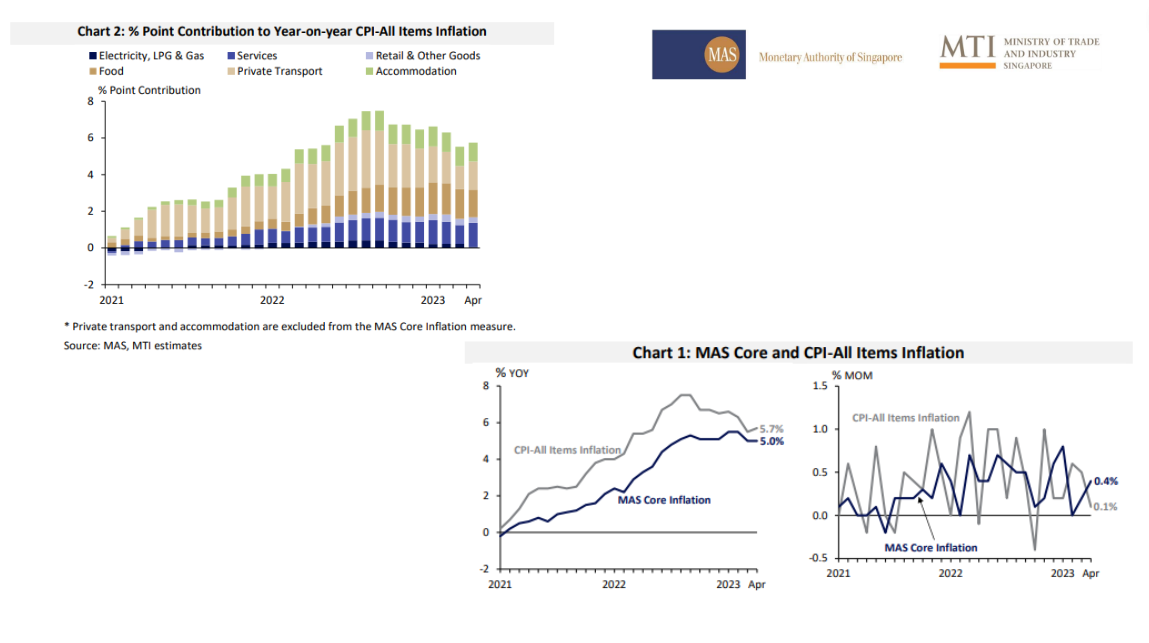"Lifting all boats - Finance, Philanthropy, and Innovation"
Distinguished guests
Good afternoon.
Thank you for having me here today. I am grateful that UBS has given me this opportunity to join you for this showcase on accelerating decarbonisation through blended finance and transition in action.
It was John F. Kennedy who coined the phrase “a rising tide lifts all boats”. While, over the years, many have turned to this idea as evidence of the positive societal effects of strong economic growth, President Kennedy's statement was an aspiration, not a promise.
The tide is indeed rising.
- The latest Capgemini World Wealth Report highlights a 7.8% increase in high-net worth individuals in 2021.
- In Asia, the number of millionaires is set to double by the end of the decade, from roughly 30 million to over 76 million.
But the tide is rising unequally and not all boats are being lifted. Growth has been uneven, and this gap has only widened over the past decade.
- We know from the work undertaken by the World Inequality Lab [1] that the top 10% emitters of the world account for almost half of global carbon emissions, and own 76% of the world’s wealth.
- The lowest 50% emitters of the world, on the other hand, account for only 12% of global emissions, own 2% of the world’s wealth, and yet have to bear a whopping 75% of climate-related income losses.
At the same time, the waters we find ourselves in are getting more choppy. We are dealing with persistently elevated inflation, increasing geo-economic fragmentation and geopolitical contestation.
With the need to search for growth, ease tight labour markets, secure price and financial stability, ensure energy security and develop food resilience – the crew in government and national vessels have their hands full. We are truly, in the words of Senior Minister Tharman Shanmugaratnam, in the perfect long storm.
And these government vessels are in need of repair. Fiscal positions are tighter and public debt has increased significantly, given challenging economic conditions, recent recessions and the COVID-19 pandemic.
At the same time, sea levels are rising and we are experiencing extreme weather conditions.
- We know from the latest IPCC AR6 Synthesis Report that 1.1°C of global warming has already caused substantial damage to food and water security and led to fatal extreme heat events.
- The same report stated that the damage to ecosystems will increasingly become irreversible as we approach the 1.5°C threshold.
- We are already feeling the heat here in Singapore – the island is warming up twice as fast as the rest of the world at 0.25°C per decade [2] .
- Just last month on 13 May, temperatures here hit a record 37°C, revisiting a 40-year record last reached in 1983 for the highest daily maximum temperature.
Our global energy mix remains heavily reliant on fossil fuels which accounted for about 80% of total primary energy consumption last year [3] .
- The numbers will come down slightly, but not by much – for G7 countries, we’re talking about a decrease in fossil fuel share from 75% in 2022 to 71% by 2032 [4] .
And the problem is only compounded by the fact that the consumption of fossil fuels, in absolute terms, is likely to rise as more energy is needed to fuel our growing global economy.
It takes a brave sailor to navigate these waters, but I see in this room many such courageous souls. The question is not whether you will come oboard the ship, but where we should focus our energies. Let me highlight three points that should give us some hope.
First, finance is a critical and powerful enabler for the transition to a sustainable future, and financing patterns are shifting in the right direction.
We know from work done by McKinsey that US$9.2 trillion in annual investment is needed to achieve net zero by 2050. We also know that we are 35% (or about US$3.5 trillion) short of this figure. [5]
No one wants to be US$3.5 trillion short of anything, but we are starting to see promising trends in capital being directed to green and transition investments.
- The International Energy Agency has just put out a report showing that while 5 years ago, about an equal amount was invested in fossil fuels and clean energy, there has been a significant shift. Today, for every $1 invested in fossil fuels, $1.70 is going to clean energy.
- This year, for the first time, solar will attract more investments than global oil production [6] .
The second point I want to make is that philanthropic capital can make an outsized contribution towards closing the financing gap.
- McKinsey has estimated that US$300bn of public and philanthropic capital can mobilise US$900bn of total capital [7] .
- This could potentially address 40% of the APAC net zero financing gap that exists today.
- That is immense impact and there needs to be greater recognition and acknowledgment of the transformative role that philanthropic capital can play in crowding in multiples of private sector capital.
A key challenge in Asia is the lack of shovel-ready transition projects.
- Emerging market projects are associated with heightened risks, cutting across project risks, country risks, regulatory and geopolitical risks.
- Put this alongside the fact that some sustainable investments would have to be in untested, unproven technologies, and what we have is a return profile that is not commensurate with the risks facing private capital.
Private capital may be unable to invest in climate-related projects that are below their risk-return targets due to their fiduciary duty and mandates.
This is where flexible and risk-tolerant philanthropic capital can bridge the gap.
- One avenue is to consider providing below-market rate debt or equity as part of blended finance structures.
- This funding can be at a facility level where there can be outsized impact on a portfolio basis, or directly at the project level to crowd in other capital providers.
This is not a theoretical construct. We have seen real life examples.
- The Rockefeller Foundation and MacArthur Foundation, through the establishment of the Zero Gap fund, have committed US$18m in catalytic investments. This sum has, in turn, mobilised US$582 million in private capital for projects aimed at achieving the Sustainable Development Goals (SDGs), including forest restoration and climate adaptation projects. [8]
On this issue of philanthropy, engagement levels are high, but contribution levels can be improved.
- The reality is that we need more blended finance platforms like the one I just described and these need to be significantly scaled.
- Some family offices understandably feel overwhelmed by the sheer scale of the problem at hand and feel like they are attempting to boil the ocean.
- Even larger players find this daunting. One large North American philanthropic foundation recently said to me, “we’re committed to help on climate but even we don’t have enough money to make a dent in the massive Capex needed.”
This brings me to my third point – which is that what is needed from philanthropic capital is not a “spray and pray” approach. Instead, given the challenges I have outlined, we need philanthropic capital that is innovative, targeted and razor-focused on de-risking for maximum impact.
Specifically, what is needed is the willingness to deploy philanthropic capital in strategic, impactful ways that de-risk and alter the risk/return calculus for commercial investors.
- For example, a partial credit guarantee can limit the downside risks of projects, reducing the required rate of return for that investment.
- The provision of grants to fund upstream feasibility studies or technical assistance can also be needle-moving, given that project preparation can be a key lever to grow a pipeline of investible projects.
On this front, I would like to highlight the Asia Climate Solutions (ACS) design grant initiative by Convergence Blended Finance, which MAS has supported.
- This will provide grant funding for proof of concept and feasibility studies of innovative and scalable blended finance solutions for sustainability projects.
- The broader objective is to enable us to grow a pipeline of investible projects in sectors critical for climate transition and resilience in Asia, such as clean energy and nature-based solutions.
- The design grant has received support from the UBS Optimus Foundation, Olayan, the Australia Department for Foreign Affairs and Trade (DFAT) and MAS, and is now open for its first call for proposals.
- The design grant still has room to grow, and we would welcome anyone interested in participating as a donor to step forward and join us.
Finance, Philanthropy, Innovation – all key themes as we navigate a way forward and seek to lift all boats, however challenging this may be.
I know the distinguished panelists that follow me will cover some of these perspectives in greater depth, and I wish you fruitful discussions this afternoon.
- [1] Chancel, L., Bothe, P., Voituriez, T. (2023), “Climate Inequality Report 2023”, World Inequality Lab Study 2023/1
- [2] Meteorological Service Singapore (n.d.), “Past Climate Trends”, Retrieved 4 June 2023, from http://www.weather.gov.sg/climate-past-climate-trends/
- [3] BP (2023), “bp Statistical Review of World Energy 2022 71st edition”.
- [4] Economist Intelligence Unit (2022), “Energy transition will move slowly over the next decade”.
- [5] McKinsey & Company (2022), “The net-zero transition – What it would cost, what it could bring”.
- [6] International Energy Agency (2023), “World Energy Investment 2023”.
- [7] Tonby (2022), “Blended Finance: $900B potential to meet capital needs for the Net Zero Transition”, Speech at the Transition Finance for Net Zero conference, Singapore.
- [8] The Rockefeller Foundation (2022), “Zero Gap Fund: State of the portfolio 2021”.























































First, please LoginComment After ~